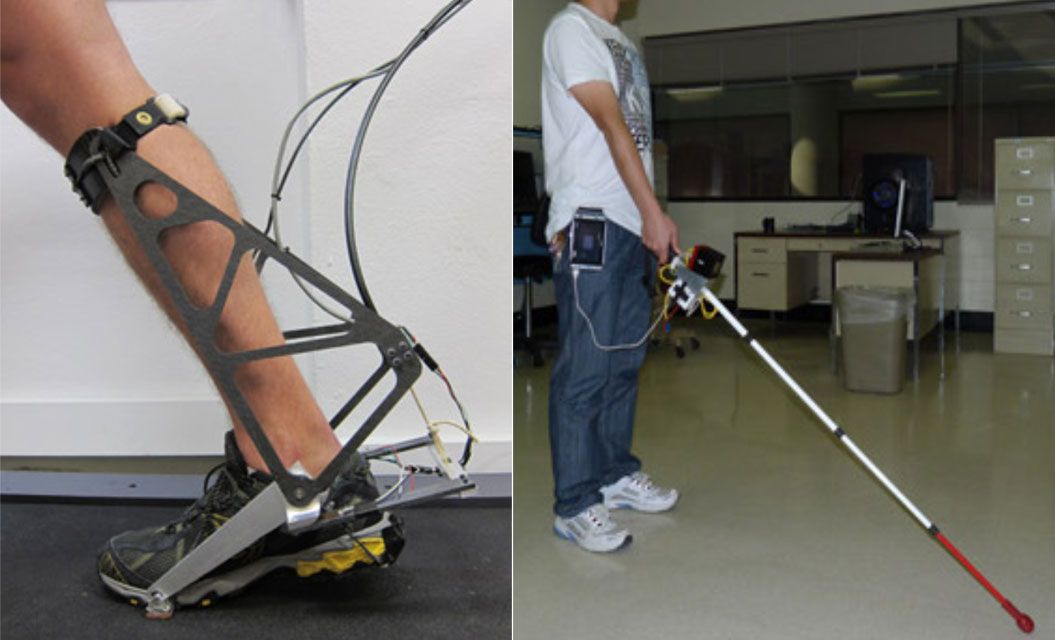
NIH Funds Robotics Projects To Help Disabled

The National Institutes of Health has awarded $2.4 million to three projects, over the next five years, aimed at creating new robotic devices to assist people with disabilities.
One project, to be undertaken at the University of Arkansas, aims to make a robotic cane for the visually impaired. The cane would be able to use computer vision to recognize doors, stairways and obstacles, and convey this information to the user, according to the NIH. [The 5 Coolest Robots]
Another project at North Carolina State University aims to develop better control systems for "wearable robots." The project will test various control methods for a "robotic ankle exoskeleton," which acts like a powered brace to help people move if they have impaired strength or coordination. The device used in this project is intended to help patients recovering from stroke.
A third project aims to make a robotic catheter device that can help improve a procedure already used to treat irregular heartbeats.
Follow Rachael Rettner @RachaelRettner. Follow LiveScience @livescience, Facebook & Google+.
Sign up for the Live Science daily newsletter now
Get the world’s most fascinating discoveries delivered straight to your inbox.

Rachael is a Live Science contributor, and was a former channel editor and senior writer for Live Science between 2010 and 2022. She has a master's degree in journalism from New York University's Science, Health and Environmental Reporting Program. She also holds a B.S. in molecular biology and an M.S. in biology from the University of California, San Diego. Her work has appeared in Scienceline, The Washington Post and Scientific American.










